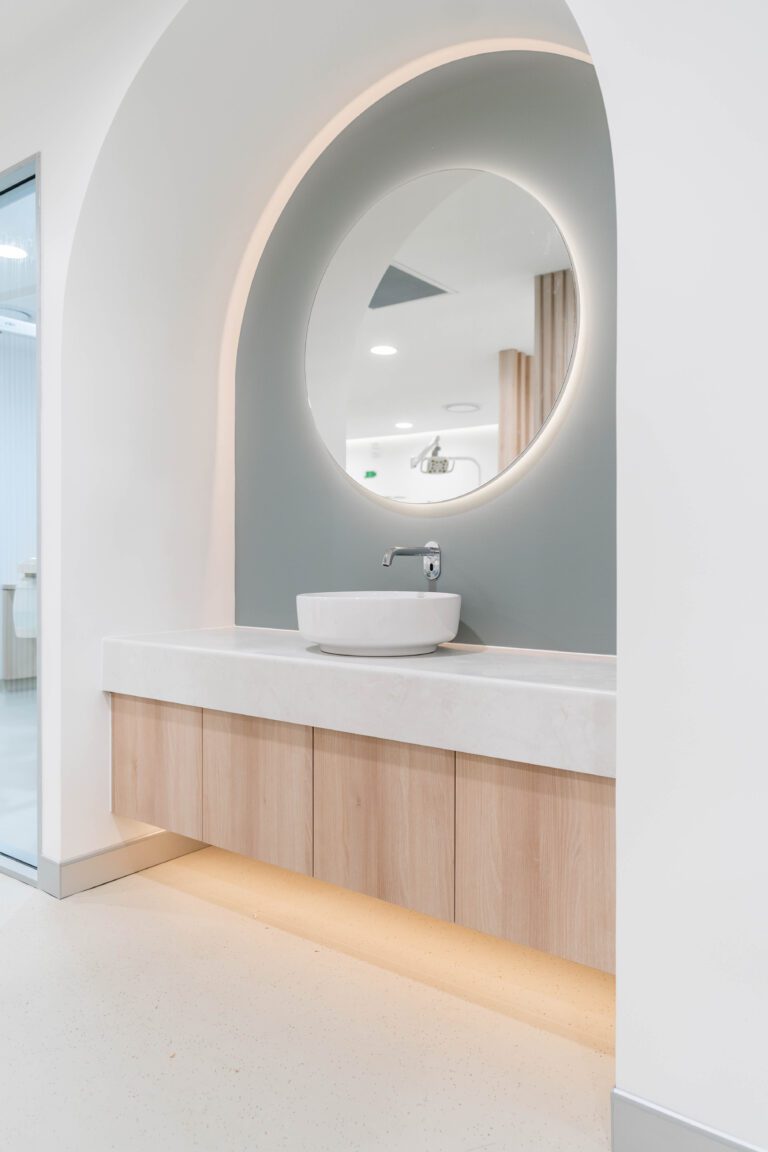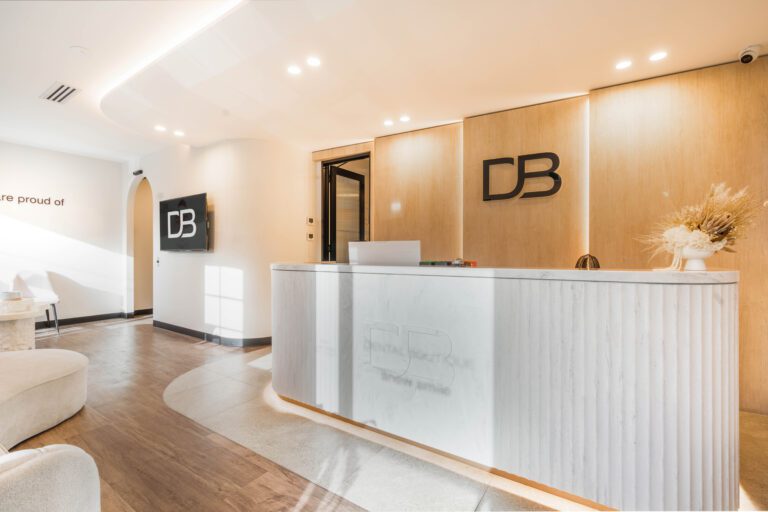At some stage, many veterinarians begin to think about opening a clinic of their own. It might start as a quiet idea or a long-term goal, but eventually, it becomes a real question. What would it take to create a practice that reflects your values, supports your clients, and runs on your terms?
Opening a vet clinic in Australia takes more than clinical expertise. There are important decisions to make around location, compliance, equipment, staffing, and design. Without a clear plan, it can be difficult to know where to begin or what steps to take next.
This guide is here to offer you practical support. Whether you’re early in your planning or already moving ahead with construction, we’ll walk through each stage of the process to help you build a veterinary clinic that’s ready for long-term success.
Key Takeaways
- Understand the full process of how to open a vet clinic in Australia, including timelines and budget planning
- Learn what to include in a veterinary business plan and how to secure funding
- Explore how to choose the best location for your vet clinic based on zoning, access, and future growth
- Find out which licences, permits, and council approvals are required to open a veterinary practice
- Discover what makes a successful veterinary clinic fit-out, from layout to compliance and design
- Get practical guidance on sourcing veterinary equipment and setting up digital infrastructure
- Learn how to recruit, train, and manage a skilled veterinary team for your new practice
- Access launch strategies to market your clinic, attract new clients, and build a trusted brand
- Plan for long-term success with flexible clinic design, scalable services, and technology readiness

Step 1: Business and Financial Planning
Before a single paw sets foot in your clinic, success starts on paper. A detailed business plan not only helps clarify your vision but also provides structure to your decision-making and strengthens your position with lenders, landlords, or future partners.
For aspiring clinic owners, particularly those transitioning from associate roles, this step can feel overwhelming. The goal is to bring clarity to everything from your service model to how you’ll fund the venture.
Start by defining your clinic’s identity:
- Will you offer general veterinary care, focus on specific species, or carve out a niche in a specialist area like emergency or after-hours services?
- Are you aiming for a boutique, single-vet setup, or a multi-room clinic with a larger team?
- How will you differentiate yourself from other clinics nearby?
Once you’ve anchored your vision, shift into planning mode. This includes:
- Market analysis: Understand your local demographics, pet ownership rates, and gaps in current services.
- Service scope and pricing model: What services will you offer and at what cost? Think about potential wellness packages, grooming, surgery, and ancillary services.
- Financial forecasting: Include your initial startup capital needs, operating costs, projected revenue, and break-even timelines.
- Funding strategy: Will you self-fund, seek a business loan, or explore veterinary-specific finance providers?
Incorporating a professional accountant or veterinary business advisor early can help ensure you’re not only viable but scalable. Think beyond day one: how will your clinic grow in five years?

Step 2: Legal and Regulatory Requirements
Australia’s veterinary industry is tightly regulated, and rightly so. Ensuring your clinic complies with the relevant laws from the start protects your licence, your clients, and your business reputation.
Each state and territory in Australia has its own Veterinary Board, and the specific requirements for clinic registration and premises approval can vary. However, the core obligations are consistent nationwide.
To open and operate a vet clinic legally, you will need to:
- Register as a veterinary practitioner in your state or territory. This applies to any vet delivering care on site.
- Gain approval for your premises, which must meet minimum standards for hygiene, equipment, signage, and record keeping in your area.
- Confirm zoning and permitted use with your local council. Not all commercial spaces are suitable for clinical operations.
- Comply with workplace safety laws, including handling of chemicals, infection control protocols, sharps disposal, and fire safety procedures.
- Arrange appropriate insurance, covering public liability, professional indemnity, business assets, and workers’ compensation.
It is also worth considering privacy laws and how you will protect client and patient records, particularly if you are using cloud-based software or offering telehealth services.
This stage can involve navigating multiple departments and documentation. Seeking early advice from a legal or compliance consultant can help streamline the process and avoid costly delays. Some veterinary fit-out specialists can also assist with council applications and liaison, which can be a significant time-saver.
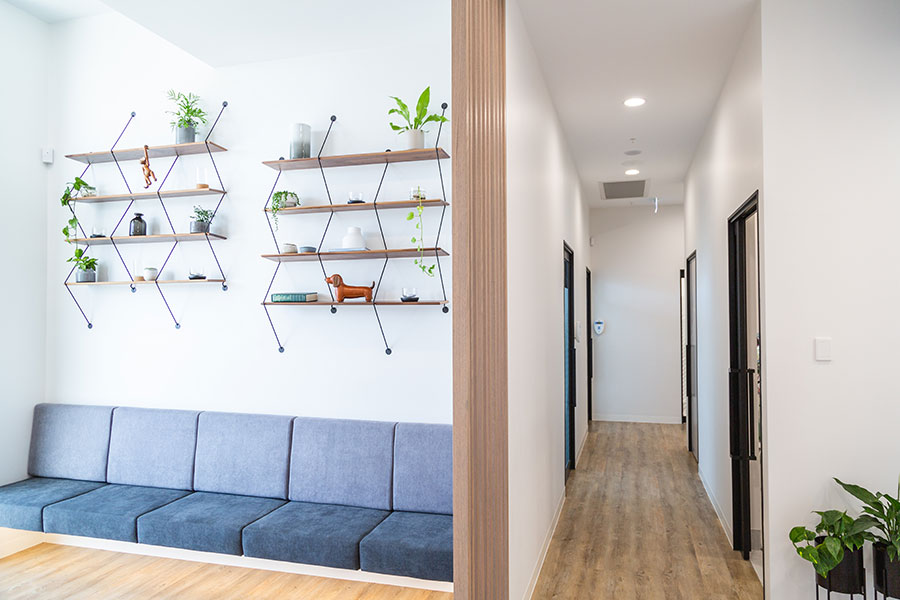
Step 3: Choosing the Right Location
Selecting the right site for your clinic involves a balance of visibility, accessibility, and operational potential. The physical space will influence everything from your client experience to how smoothly your team can work day-to-day.
Begin by looking at the surrounding area. Suburbs with high pet ownership and limited veterinary services may offer strong growth potential. The makeup of the local demographic, including families, retirees or working professionals, can influence expectations around your services and hours.
Key location factors to evaluate:
- Accessibility: On-site parking, ground-floor access, and proximity to major roads or public transport
- Visibility: Foot traffic, signage opportunities, and street frontage
- Zoning and council requirements: Ensure the property permits veterinary use and check if any approvals or changes are needed before fit-out
- Neighbouring businesses: Other pet-related services nearby can support cross-referral and increase footfall
Internally, consider the site’s adaptability. A space with clear zones, good ventilation, and scope for treatment and admin areas will simplify your fit-out process. High ceilings, solid flooring, and appropriate access for deliveries are all practical benefits.
Lease terms are equally important. Look closely at conditions around modifications, rent increases, and renewal periods. If you’re planning a major investment in the space, security of tenure should be a priority.
Before signing anything, think about walking through the space with a fit-out consultant who understands clinical environments. They can flag any structural or compliance concerns that may not be obvious at first glance.
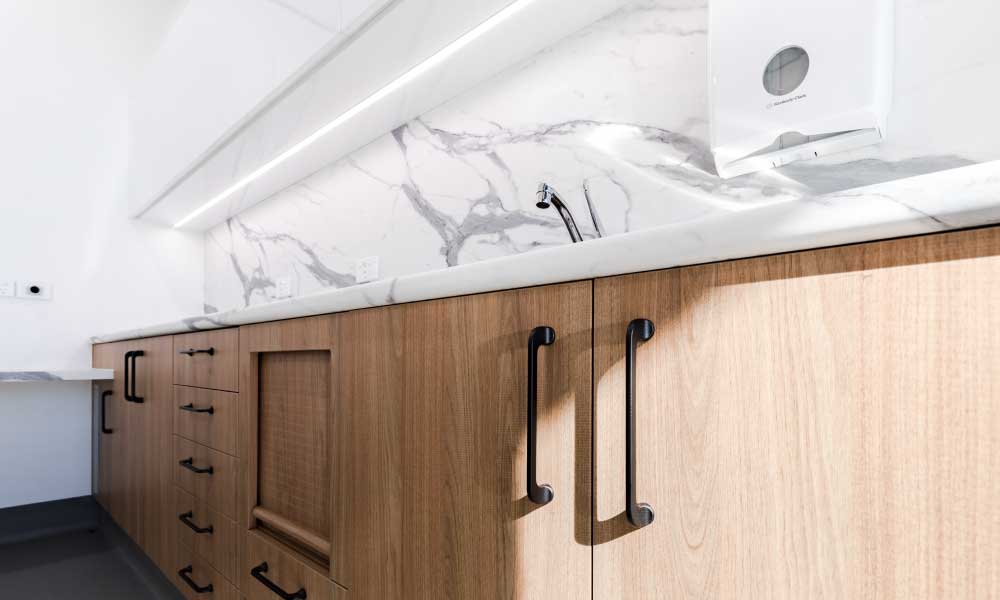
Step 4: Planning the Fit-Out and Interior Design
Designing your veterinary clinic is about more than creating a functional workspace. The environment should support your team’s workflow, meet clinical standards, and help clients feel at ease from the moment they arrive.
Start by defining the essential areas your clinic will need. While every practice is different, most will include:
- A reception and waiting area that is inviting, clearly signed, and offers separation between species where needed
- Consultation rooms that are adaptable for different types of appointments and equipment
- A central treatment area that allows for efficient procedures and communication
- A fully equipped surgical theatre, compliant with infection control and sterilisation standards
- Imaging or diagnostics spaces, if offering in-house services
- Isolation or recovery rooms to support patient well-being
- Storage for pharmaceuticals, consumables, and equipment
- Staff facilities, including a kitchen or rest space, lockers, and office space
- A grieving or quiet area for those who have just lost companions
As you plan the layout, think about how people and animals will move through the clinic. Patients should be able to enter and exit without unnecessary stress. Staff should have clear access to equipment and supplies without crossing into high-traffic zones unnecessarily.
Material choices matter too. Surfaces must be durable, hygienic, and compliant with health standards, but they also influence the look and feel of the space. The right flooring, wall finishes, lighting, and colour palette can reinforce your brand and create a more calming experience for both pets and owners.
Good design also considers acoustics, ventilation, and temperature control, particularly in treatment and recovery areas. These features not only affect comfort but can also impact clinical outcomes.
Bringing in a team experienced in veterinary fit-outs can help align your operational requirements with council expectations, accessibility standards, and long-term growth goals. Proper planning at this stage can reduce the risk of costly modifications later.
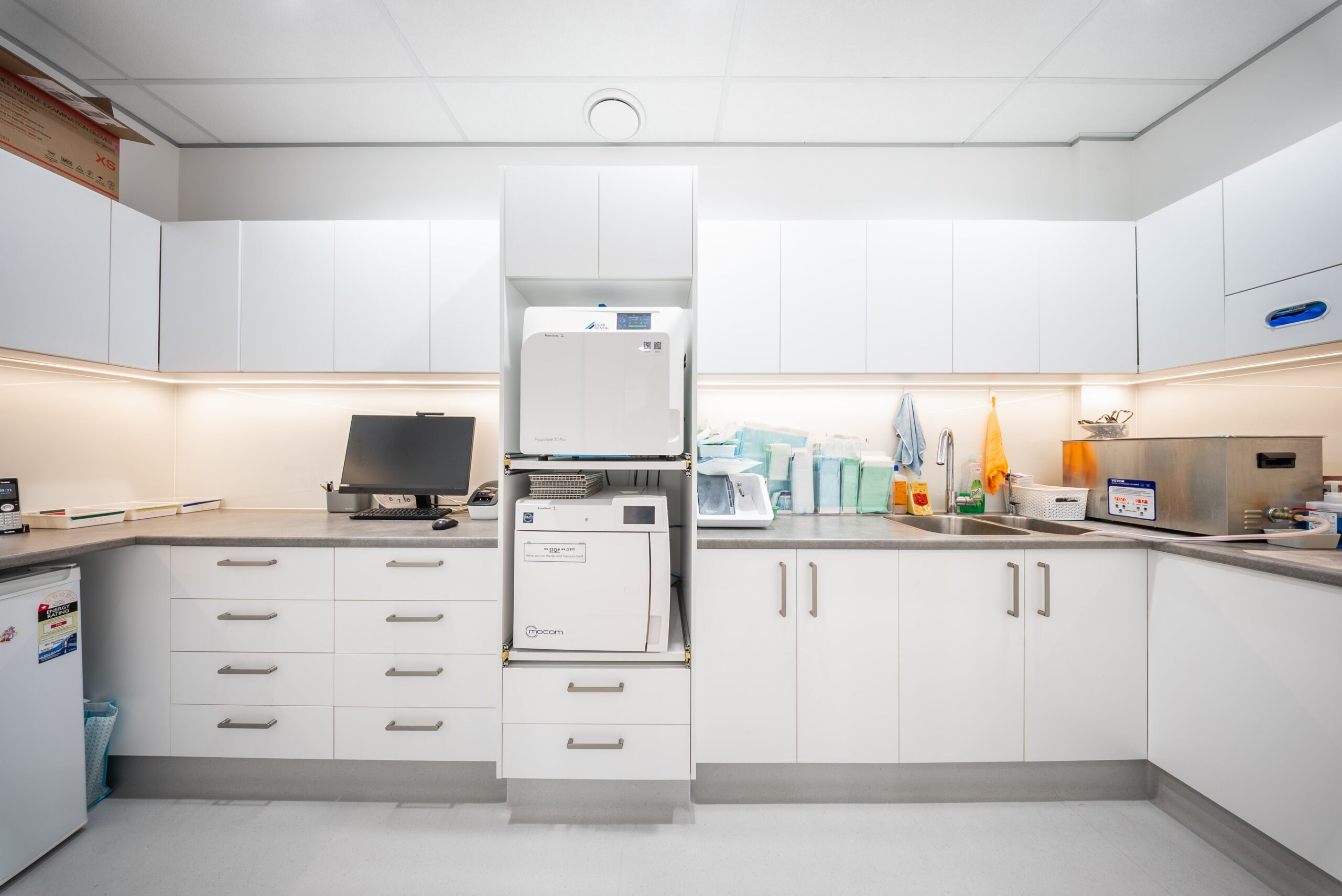
Step 5: Equipment and Digital Infrastructure
Outfitting your clinic with the right equipment is a major part of your setup investment. The choices you make here will influence not only the type of care you can deliver but also how efficiently your team can operate each day.
Before purchasing anything, it’s worth mapping out what your clinic will offer from day one. A start-up practice may not need every possible diagnostic tool immediately, but it’s important to allow for future additions in your spatial planning.
Essential clinical equipment typically includes:
- Treatment and examination tables, including height-adjustable options
- Surgical lighting and anaesthesia systems
- Autoclaves and sterilisation equipment
- Diagnostic imaging, such as digital X-ray or ultrasound
- Dental units, including intraoral X-ray and high-speed handpieces
- Animal housing, from recovery cages to larger kennel banks
In parallel, your clinic will need robust digital systems to support administration, compliance, and communication. These may include:
- Practice management software (PMS) for bookings, records, invoicing, and reminders
- Secure cloud storage for medical records and diagnostic files
- Telehealth platforms, if you plan to offer remote consultations
- Cybersecurity measures to protect patient and financial data
- IT infrastructure, including Wi-Fi coverage, network cabling, and hardware placement
Think about integration early. Equipment needs to fit physically within the space, but it also needs to work within your digital ecosystem, especially if you are investing in imaging or automated workflows.
Where possible, work with suppliers who understand veterinary requirements and offer ongoing support. Leasing may also be an option, especially for high-value or fast-evolving technologies.
Involve your fit-out team early to ensure the build accounts for all technical and spatial requirements. This avoids the need for reworks and keeps your timeline on track.
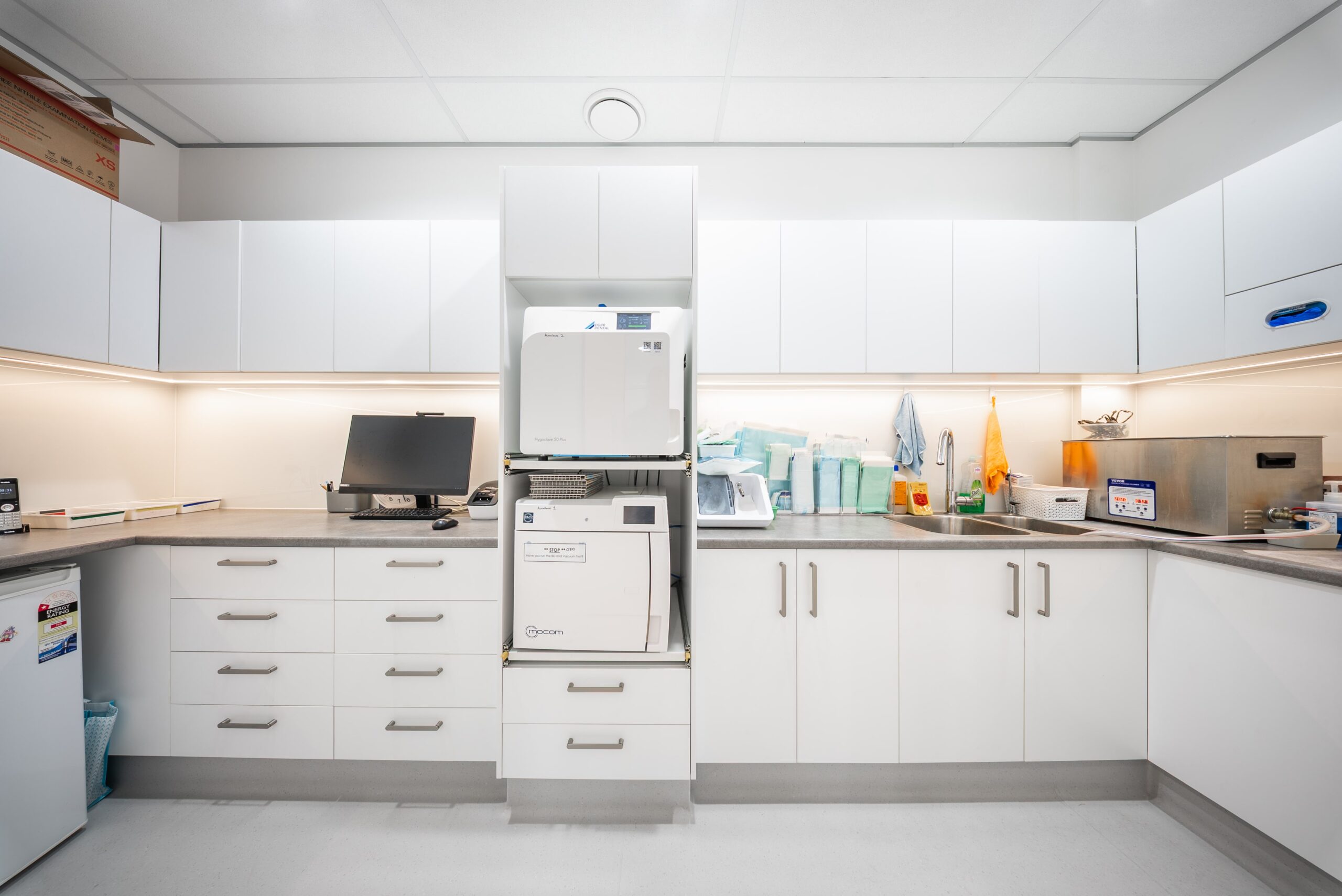
Step 6: Building Your Team
A well-chosen team is one of the most valuable assets your clinic will have. From the front desk to the surgery suite, your people will shape client relationships, clinical outcomes, and the day-to-day experience of running your practice.
Start by identifying the roles you need from day one. While the size of your team will depend on your service model and projected caseload, most new clinics open with a core group that can scale as the business grows.
Typical roles may include:
- Veterinary surgeons, including yourself or partners
- Veterinary nurses or technicians, depending on your state regulations
- A receptionist or client care coordinator
- A practice manager, if you want support with admin, HR, and day-to-day operations
- Optional roles like groomers, rehab therapists, or kennel assistants, if relevant to your offering
Hiring timelines should be planned carefully. Starting recruitment three to four months before opening allows enough time for advertising, interviews, credential checks, and training.
Once your team is in place, focus on induction and culture. A good onboarding program will cover:
- Health and safety protocols, including infection control and emergency procedures
- Use of your practice management system and internal workflows
- Client communication and service expectations
- Ongoing professional development plans
Beyond the technical, creating a supportive and positive work environment goes a long way. Veterinary work can be demanding, so investing in staff wellbeing, fair rostering, and clear communication processes will help build a strong, cohesive team from the outset.
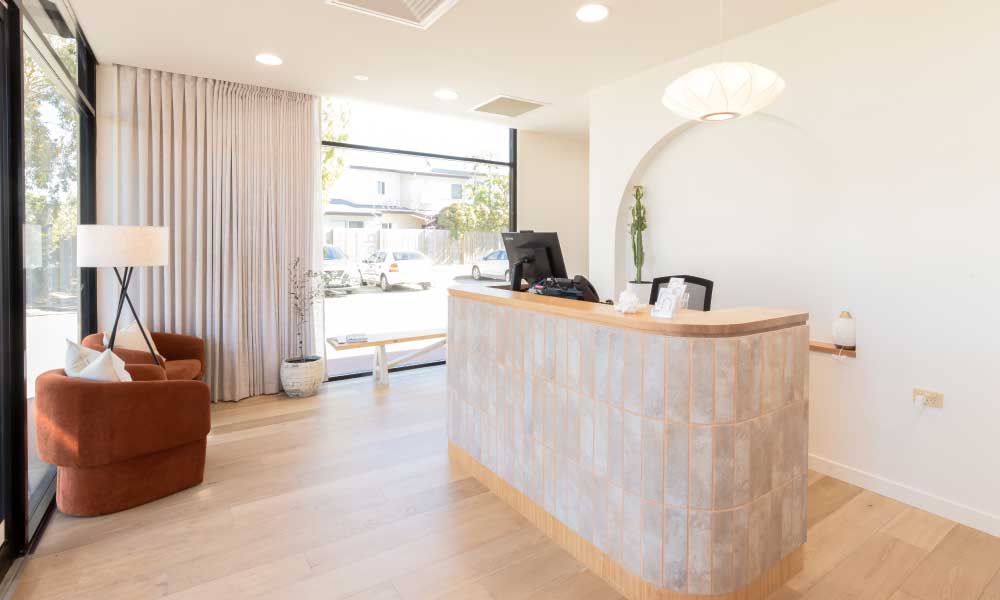
Step 7: Marketing and Launch Strategy
A thoughtful launch plan sets the tone for your clinic’s identity and helps build trust within the community from the very beginning. Even if your clinic is still under construction, it’s never too early to start building visibility.
Begin by clarifying your brand. This includes your name, logo, colour scheme, tone of voice, and the overall impression you want to leave with clients. Whether your style is warm and family-focused or sleek and clinical, your branding should be consistent across both digital and physical touchpoints.
Key assets to prepare include:
- A professional website, optimised for mobile, with online booking capability and contact information
- A completed Google Business Profile, so clients can easily find and review your clinic
- Active social media accounts, ideally with photos of the space coming together, introductions to staff, or tips for pet owners
- In-clinic signage, uniforms, and stationery that reinforce your identity and professionalism
When it comes to launch activities, aim for a mix of digital and community-based efforts. For example:
- Host a soft opening for local businesses, referral partners, or community groups before your official opening day
- Consider promotions or giveaways in the first month to encourage new bookings
- Offer pet care talks or open days to engage with the local community and establish your presence
- Connect with rescue organisations or local pet businesses for cross-promotion opportunities
If you have a marketing budget, investing in local search ads or targeted social campaigns can help generate early momentum. Don’t underestimate the value of word of mouth either. Providing an excellent first experience can be one of your most powerful tools for attracting and retaining clients.
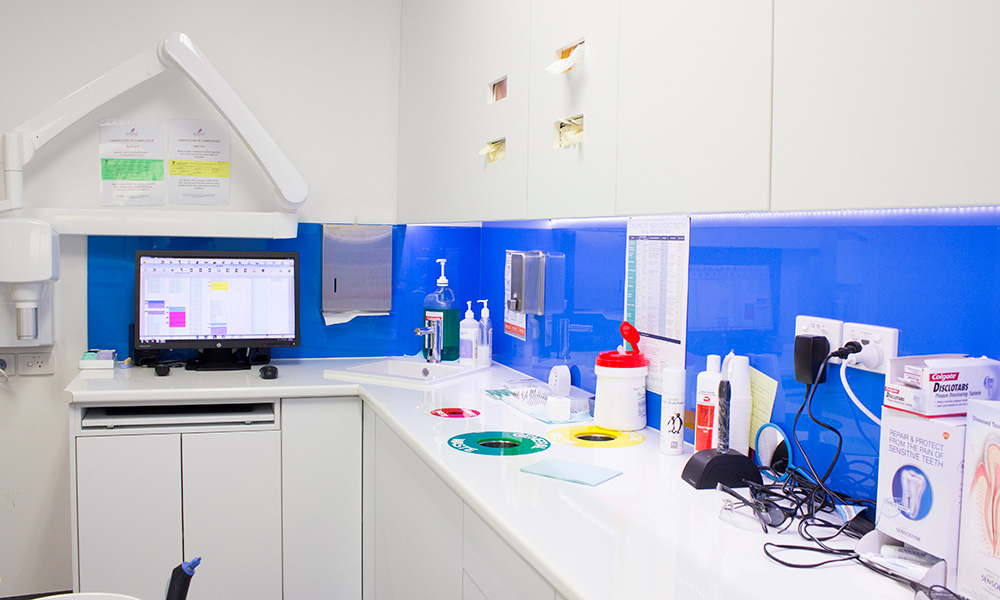
Step 8: Planning for Growth and Flexibility
While your priority may be getting the doors open, the most successful clinics are designed with future growth in mind. Planning allows you to scale sustainably without needing major renovations or disruptions down the line.
Start by building flexibility into your layout. If your initial fit-out includes two consultation rooms, consider plumbing and wiring for a third, even if you don’t fit it out straight away. Similarly, design treatment and imaging spaces that can adapt as your service offering expands.
Common growth pathways for veterinary clinics include:
- Increasing consultation capacity as patient numbers grow
- Introducing additional services such as behaviour consults, nutrition advice, rehabilitation, or dentistry
- Adding new staff or specialists to diversify your offering
- Extending hours or offering after-hours care
- Incorporating telehealth or digital monitoring tools
Technology will also evolve, so it helps to plan for infrastructure that can support upgrades. Having sufficient data cabling, extra power outlets, and equipment zones ready from the start can reduce future costs and avoid operational downtime.
Beyond the physical, think about your systems. Track key performance indicators, like client retention, average transaction value, or appointment fill rates, and use that data to guide when and how you scale. Regular feedback from staff and clients will also highlight opportunities to improve and grow.
Finally, consider how your team might evolve. As your clinic grows, you may need to invest in leadership training, delegation structures, or additional admin support to maintain the culture and quality of care that sets you apart.
Frequently Asked Questions
Q. Do I need to be a vet to open a clinic?
Ans. Yes. In Australia, a registered veterinary practitioner must own or operate any veterinary clinic. If you’re not a vet, partner with someone licensed to provide care under your state or territory’s regulations.
Q. How long does it take to open a vet clinic?
Ans. Timelines can vary depending on council approvals, lease negotiations, and the complexity of the fit-out. On average, the process takes between six and twelve months from initial planning to opening day.
Q. Can I operate a clinic from a converted retail space?
Ans. Yes, provided the space meets clinical and regulatory standards. You’ll likely need to upgrade plumbing, electrical systems, ventilation, and accessibility features. Always check with your local council and consider involving a healthcare-focused fit-out consultant early on.
Q. How do I make my clinic more pet-friendly?
Ans. Design choices can make a big difference. Separate waiting zones for dogs and cats, slip-resistant flooring, sound-absorbing materials, and calming colours all contribute to a more comfortable experience for animals. Staff training and thoughtful scheduling also play a role in reducing stress for patients.
Q. How do I ensure my clinic is accessible to all clients?
Ans. Consider accessibility in both your design and your service delivery. Features like step-free entry, wide doorways, an accessible toilet, and a reception desk with multiple height options all help. It’s also important to meet AS1428.1 design standards and ensure signage is clear and easy to read.
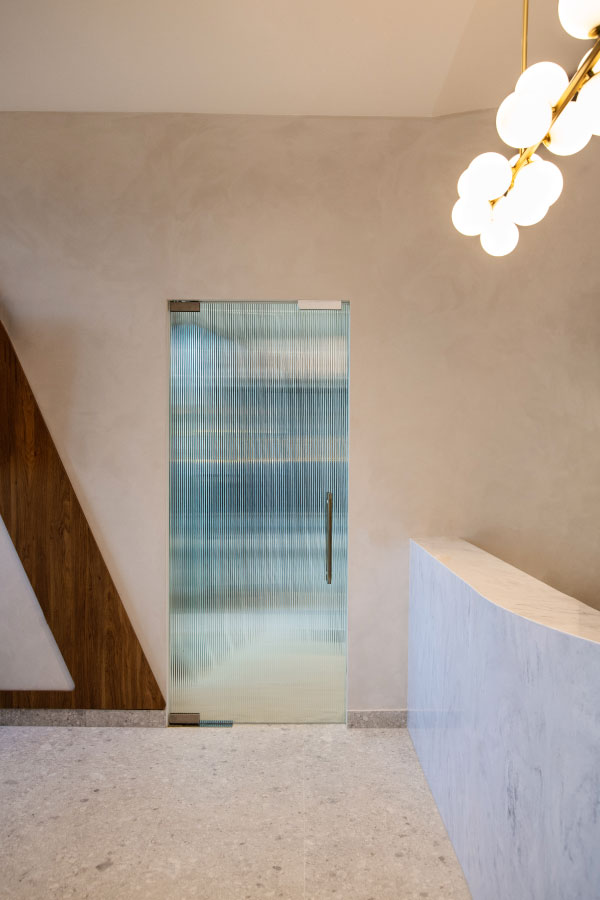
Bringing Your Vision to Life
Understanding how to open a vet clinic in Australia is one thing. Putting that plan into practice is where the real work begins. From choosing the right location to designing a space that meets both clinical and client needs, every step requires careful planning and informed decisions.
While there’s no one-size-fits-all approach, following a clear process gives you the structure to move forward with confidence. Whether you’re just beginning to map out your ideas or you’re ready to start the fit-out process, having the right support behind you can make all the difference.
RiteSpace Construction partners with veterinary professionals across Australia to deliver purpose-built clinics that reflect the way you want to work. If you’re ready to move from planning to building, download our free eBook or reach out to our team to start shaping your new clinic with clarity and confidence.



